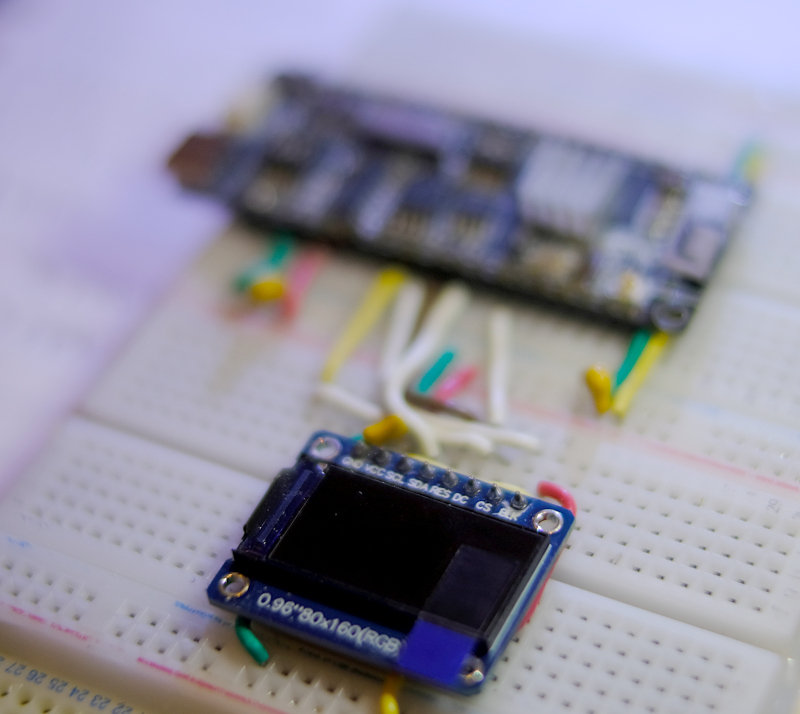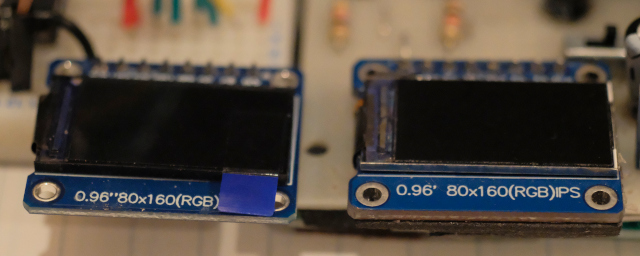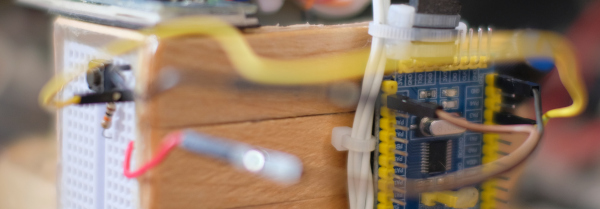This article describes the use of the ST7735s module with the ESP32-S2 microcontroller via the TFT_eSPI library. We have previously discussed its implementation with the ESP32 and STM32F103C microcontrollers, and the chosen TFT module as REDTAB80x160 (added code for GREENTAB80x160 at the end of the article), but you can adjust the settings to other modules, see the User_Setup.h file of the TFT_eSPI library as shown in Figure 1.




